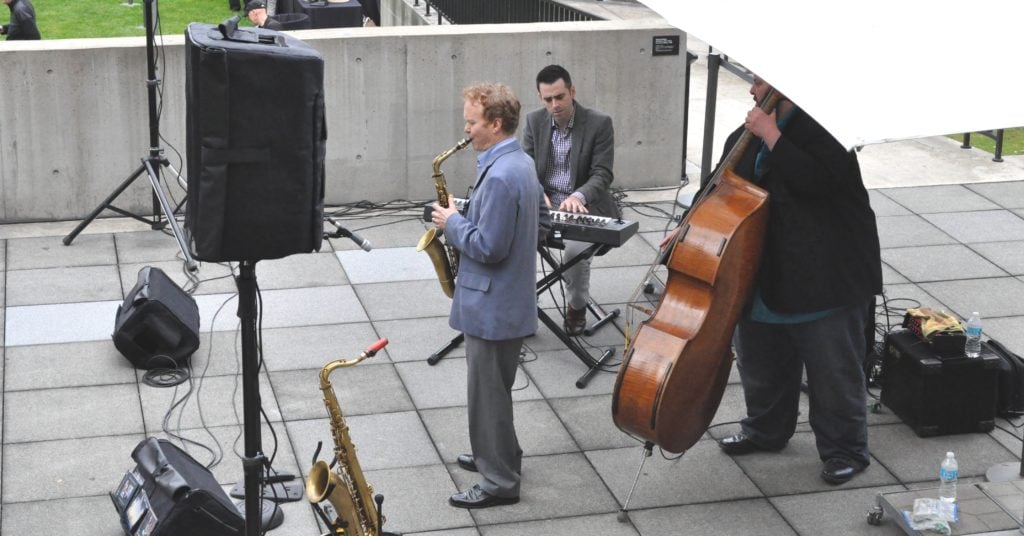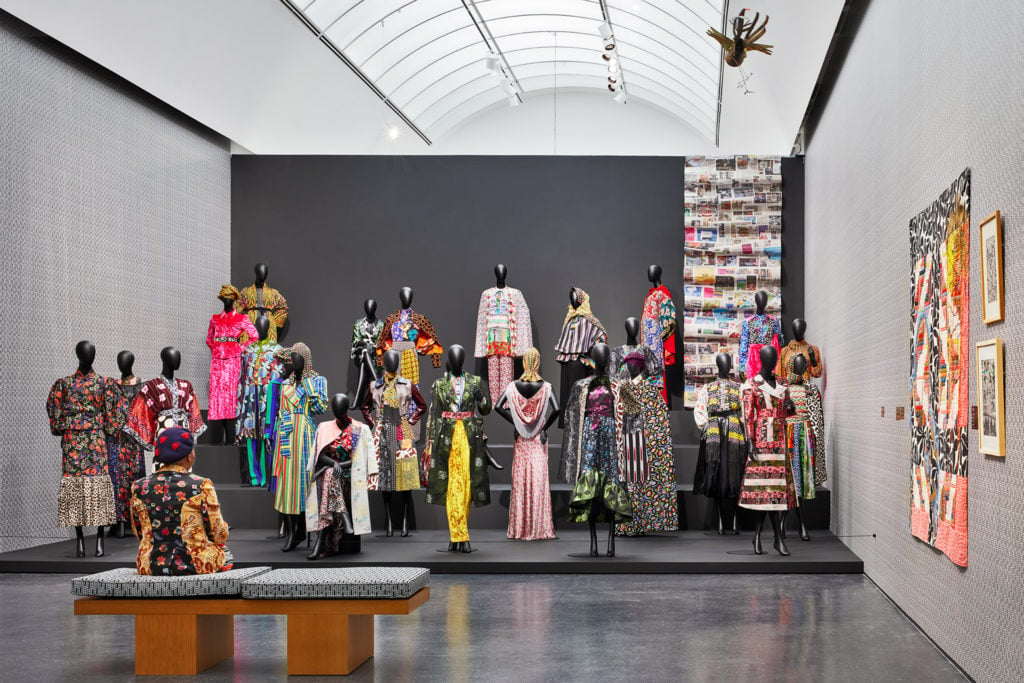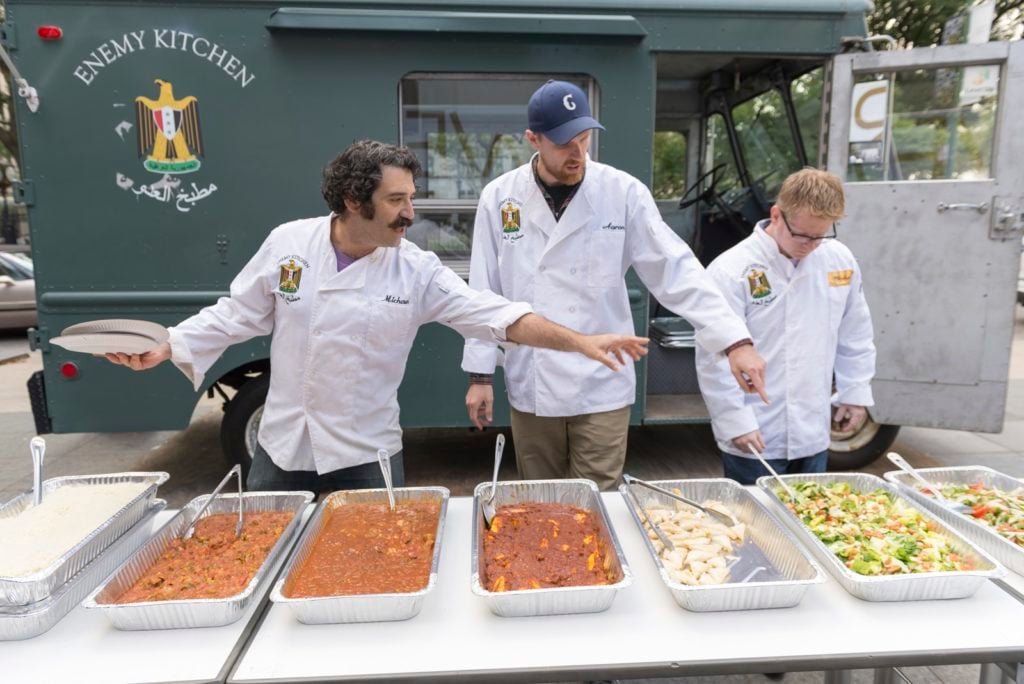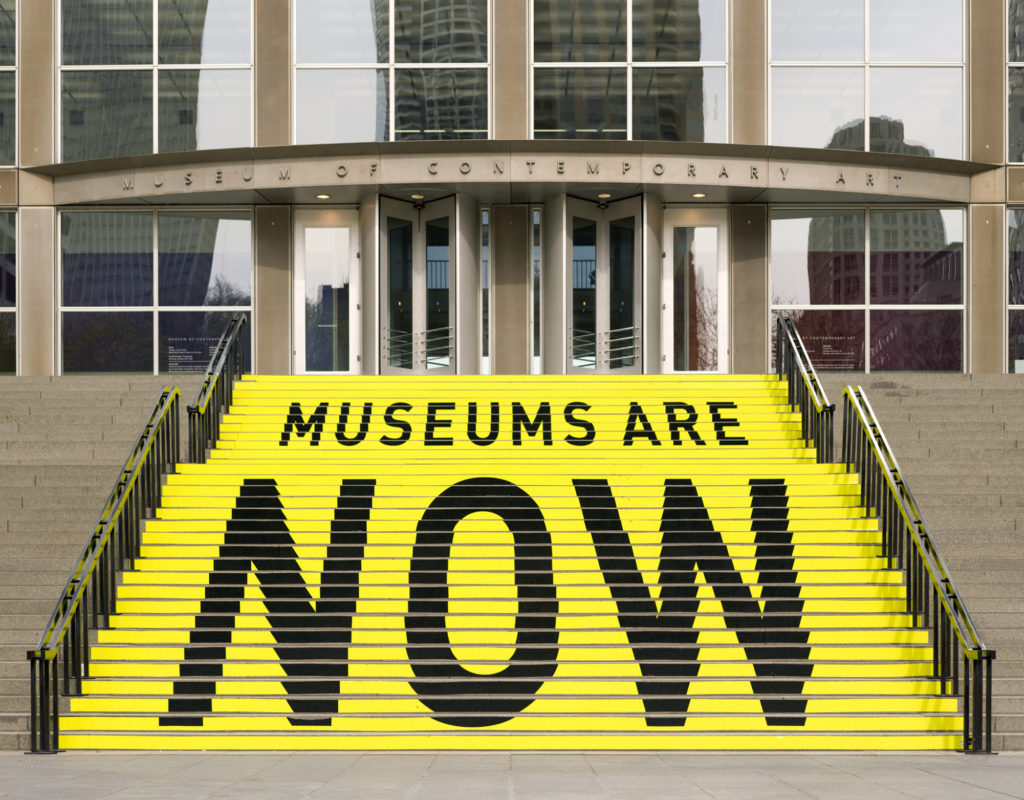Museums are catalysts of culture. They generate new ideas and experiences that influence the choices we make both as individuals and across society. Yet in many discussions of museums, what often gets overlooked is their economic impact. Last year, in the United States alone, the museum sector—including children’s museums, historic houses, botanic gardens, planetariums, science centers, zoos, aquariums, as well as visual arts museums like the Museum of Contemporary Art Chicago (MCA), which I direct—welcomed more than 850 million visitors combined.
That this sector attracts 2.5 times the population of the US each year is remarkable in itself. But the economic impact of museums extends far beyond what happens inside their buildings. Collectively, according to a 2017 report from the American Alliance of Museums, these organizations contribute more than $50 billion to the GDP, generate $12 billion in tax revenue, and produce over 725,000 jobs—double that of the professional sports industry. In the wake of COVID-19, the size and impact of this economic footprint means that the health and vibrancy of our cities and communities is closely tied to the fate of museums.
The MCA Chicago, along with most of the museum sector, closed to visitors in mid-March. Since then, our work has been driven by three values: to protect the safety and well-being of our staff and public; to keep our audiences engaged; and to ensure our organization remains sustainable.

Madeleine Grynsztejn, director of the MCA Chicago. Photo: Maria Ponce
As we all start to move toward reopening the economy, these values are embedded in two principles that I believe are touchstones in our sector’s ongoing response to the present reality.
The first is a mantra that I have heard echoed from friends and colleagues across other organizations: The museum we closed will not be the same as the one we will open. Not programmatically, not operationally, not circumstantially. As physical attendance drops for the foreseeable future, our financial models will completely change, and we will need to find other sources of income. What’s more, the profile of our attendees—which in the MCA’s case was 50 percent tourists—will become hyperlocal and regional. And in an era when museums were laser-focused on deepening their levels of visitor interaction and engagement, we must now develop programs and facilities that deliver the very opposite—a socially distanced experience.
The second principle comes in the form of a question that every organization must ask itself: How will you serve your community? A silver lining of this terrible crisis is that it has shown us how people can join together. Because the pandemic can also be used as cover for xenophobia, racism, and nativism, it is critical that museums find ways to strengthen the social fabric and to make social belonging a core value—a task for which art, because of its ability to connect people across time and place, is uniquely suited.
In the time of COVID-19, I see four fundamental shifts in how museums meet and lead these challenges:
1. The Online Museum Is Here to Stay
Many museums have already established a fulsome virtual platform, building digital institutions with stand-alone offerings. These digital gains will expand to become full partners in how our audiences experience our institutions. Attention paid to the digital museum as an intentionally welcoming and inclusive space is now paramount for building community. Digital space breaks down barriers of distance and mobility—combine this with a welcoming online front door, and you mitigate the “threshold fear” experienced by a large swath of visitors for whom the museum’s location, spatial design, and entrance sequence create obstacles to access both physical and psychological.
As for programming, online audiences are unconstrained by the physical limitations of our theaters or auditoriums, freeing us to make marquee lectures and large gatherings a permanent fixture of our virtual spaces while we focus on more intimate offerings and private contemplation on site. Generationally speaking, virtual programming for a younger, technically savvy demographic, as well as an aging culturally inclined population that might be self-isolating in waves, presents extraordinary opportunities to bring together communities and populations that might otherwise never be together in a physical environment.

Tuesdays on the Terrace at MCA Chicago. Photo: Abraham Ritchie
2. Redefining Museums as Gathering Places
Many museums like ours are about gathering people together to experience art and each other’s perspectives. Until our confidence in public gathering is restored, however, we must think about how to gather differently. Safe physical participation does not need to be limited to online-only convenings or a carefully monitored museum-sited program. Rather, for the duration that our buildings and locations are liabilities, we must invert our focus and find other ways to be more visible, credible, and relevant in our communities. We must be leaders in art and civic life.
We will create opportunities for safe and engaging discourse both in and out of the museum, thus developing a wider outreach and building shared values and community through the lens of art and culture. In gathering, we move away from the dynamics of older outreach models where we are experts instructing a passive public and instead ground our work in mutually beneficial, collaborative, and committed art and community partnerships.
At the MCA Chicago, we are also working on pivoting many of our activities to a dual on-site/off-site option. For instance, our outdoor Tuesday on the Terrace program—a summertime fixture offering jazz concerts and dining options—can now be experienced either at the museum as a physically distanced in-person event, or from your own terraces and balconies, where we’ll deliver to you a boxed supper to enjoy with your nearest and dearest while live-streaming our music. Building this kind of option makes for a much larger MCA, one that is available both here and there, simultaneously.

Installation view, Duro Olowu: Seeing Chicago, 2020. Photo: Kendall McCaugherty.
3. Goodbye Blockbuster, Hello Collection
We love blockbusters for their transformative art experiences and financial advantages. However, given the difficulty in gathering a multitude of international loans, the increased costs of transport and insurance, and the lack of attendance to justify the investment, such exhibitions are not going to happen again for a while.
Two benefits will emerge from this. First, the resources we would normally commit to blockbusters can now be redirected toward other opportunities that increase the visibility and importance of the great works of art in our own collections. Second, the stories that are often displaced by blockbuster shows, but which are themselves enormously valuable to our culture and society, will now be given the spotlight. These new perspectives will strengthen our commitment to emerging artists and ideas—long a sweet spot for contemporary art museums like the MCA Chicago.
The recent success of our exhibition Duro Olowu: Seeing Chicago—comprising an exceptional assembly of works drawn from Chicago’s public and private collections, under the cosmopolitan eye of British-Nigerian fashion designer Duro Olowu—gives me great hope that our sector can use the current limitations to see the stories that are already in front of us. And these stories are no more provincial for being drawn from local riches, nor any less able to situate audiences in a globalized world. Done right, these newly strengthened pathways will generate audiences that are as large and enthusiastic as those that attended our traditional blockbusters.

Activation of Michael Rakowitz’s Enemy Kitchen (2012–ongoing), with the artist at left, on the MCA’s plaza, October 1, 2017. Photo by Nathan Keay, © MCA Chicago.
4. Revive the WPA Model—Ourselves
This is more a hope than a prediction, so let me begin by saying that the economic shutdown has hit artists particularly hard. Galleries that would be selling their works have closed, and museums are laying off the kinds of freelance jobs artists depend on, all as the nation’s unemployment rate rises to Great Depression–era levels. I bring up the Great Depression because FDR’s New Deal provides a template for how we can address the damage being done to the art community by COVID-19.
Under the New Deal, the Works Progress Administration (WPA) put tens of thousands of artists to work across 800 cities, where they created murals, sculptures, posters, and stage sets; taught art courses; and established community art centers. The original intention was to keep artists employed, but ultimately the WPA changed the course of art history, producing some of the 20th century’s greatest photographers and painters. At a time when we are again experiencing a huge crisis and a highly precarious time for creators, a 21st century WPA could do vital work for ensuring the short- and long-term sustainability of our art and artists. This can be a public-private enterprise, one that isn’t bound to the former government model.
At the MCA Chicago, we are instigating just this sort of urgently needed project. We are commissioning Chicago artists to create new works that we plan to exhibit this fall when the museum is again physically open. Artists always show us the way out of a dilemma and pivot us to the future. As such, they will be the first to articulate how we live in a post-COVID world.
What we have learned from this crisis is that only by working together can we overcome what seems insurmountable. This is the time when we share our gratitude and support with our community and find our voice by advocating for one another in a wider network of philanthropy. And I mean that in the original sense of the word—love of humankind. Support is not just financial; it is emotional, and it is collective.
We are living now in a moment of potential reset and redesign. Given their cultural impact and economic footprint, museums have a critical and unique role to play in helping to build a society with an increased sense of social responsibility that is both equitable and inclusive. I believe they have never been more important.
Madeleine Grynsztejn is the Pritzker Director of the Museum of Contemporary Art, Chicago.










